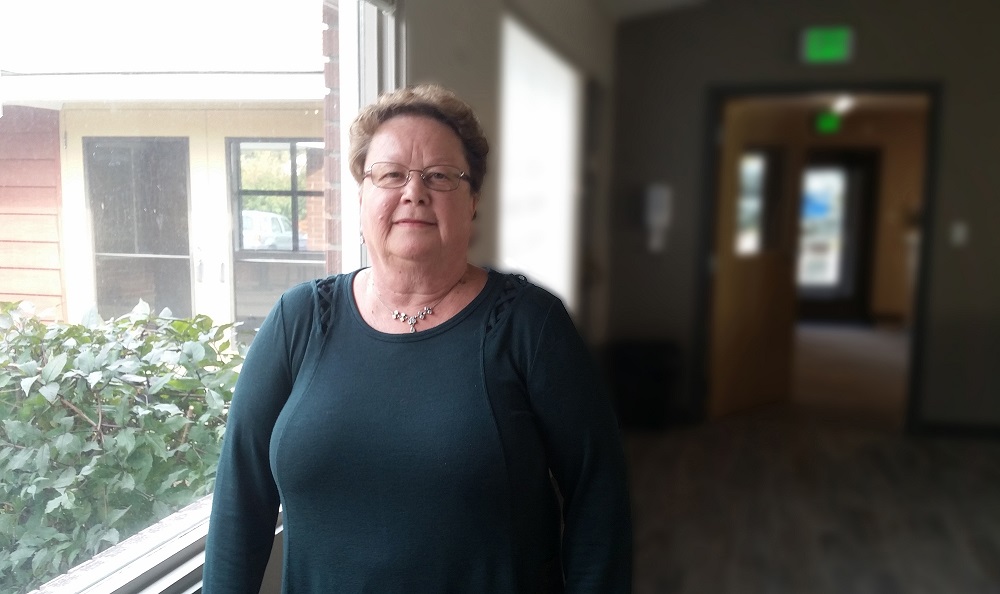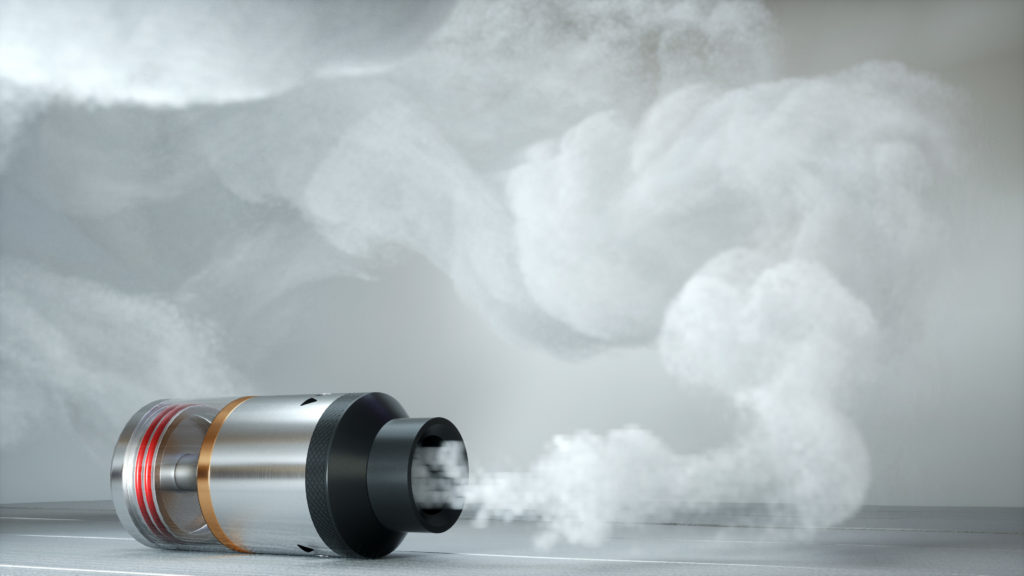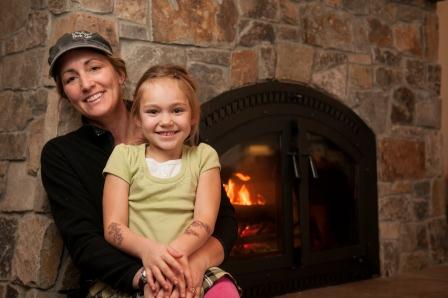KVH Contributor*
Auren O’Connell, DNP, PMHNP
KVH Family Medicine – Cle Elum

Winter solstice is fast approaching, and it already feels like winter across Kittitas County. December 22 will mark winter and the darkest day of 2018, as we are at the farthest point from the sun in the northern hemisphere. In the new year, we will slowly regain our light until the longest day of light during summer solstice on June 21, 2019.
The seasons are marked by cycles of cold and heat, darkness and light. Some of us are more susceptible to these cycles, especially during the winter, when there is less light. Symptoms of seasonal affective disorder (SAD) are most common during the winter months, but can occur with any season change. “Winter blues” often refers to the symptoms of SAD, which can be decreased energy, difficulty with focus and concentration, social withdrawal, sleeping problems, and changes in appetite. Many of us will commonly experience some elements of SAD during the winter months.
All of us can benefit from a wellness plan and interventions designed to alleviate symptoms of “Winter blues.” Here are some tips to keep your mood, energy, and motivation steady during the winter:
Stay active: Exercise is vital to our brain power and mood. It is preferable to dedicate 30-minute time blocks to exercise at least three times per week, but even a 10-minute walk during lunch in the daylight can be helpful.
Get outside: There is no substitute for natural sunlight and fresh air. If you are able, try to get outside daily.
Light therapy: Light boxes can be helpful on overcast winter days, and dawn simulators can be the missing link in getting out of bed on time during dark mornings. (There are numerous consumer light therapy products on the market that may or may not be helpful, but it is vital to consult a healthcare professional if you are seeking such products for treatment of SAD or depression .)
Stay social: Try to maintain regular social engagements at least a few times each week. This may be going for a walk with a friend, attending a community event, or simply eating a meal with someone with no distractions. Whatever it is, try to keep it regular.
If you feel stuck, or when symptoms interfere with daily activities and relationships, it is vital to get help from a qualified health professional; seeking help and advice from your primary care provider is a good first step.
*Opinions expressed by KVH Contributors are their own. Managed by Kittitas Valley Healthcare, HealthNews does not provide medical advice. For medical advice, please see your healthcare provider.








